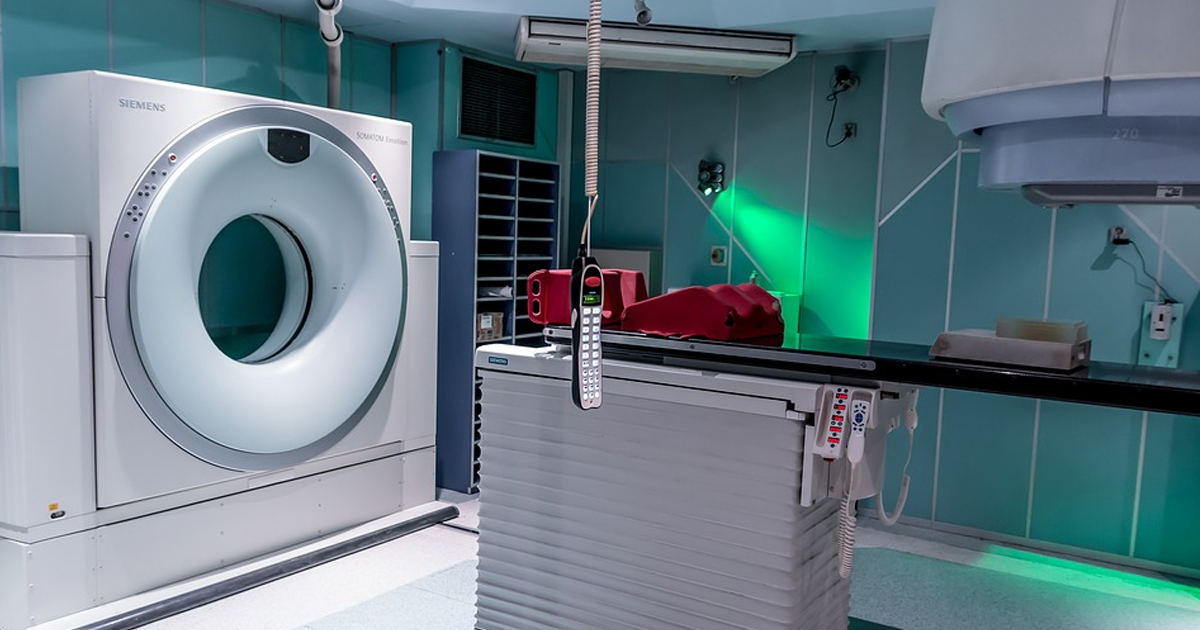A new article in Scientific Reports provided details on virtual reality (VR)-based interactive technology for patients undergoing MRI.
Researchers at King's College London developed this VR technology, with the aim of helping patients who have difficulty with MRI scans, especially children or people who suffer from cognitive problems or conditions such as claustrophobia.
Through the School of Biomedical Engineering and Imaging Sciences of the mentioned institution, the main researcher, Dr. Kun Qian, explained that they looked for different ways to allow children and vulnerable people not to have major problems when undergoing an MRI.

The experience of entering a tunnel, in a small space, with noise and also staying still can be complicated. Some patients, especially children, require medication or sedatives in order to relax and achieve a successful scan. However, these measures have risks and are also expensive.
“Our interest in virtual reality came specifically from the simple observation that when someone uses and then immerses themselves in a virtual reality environment, they are not aware of their surroundings. We thought that if we could make a system compatible with the MRI environment, it could be a very powerful alternative way to successfully scan these challenging populations."
In this way, the researchers developed a VR environment through a special helmet that can be used inside the MRI scanner. In this way, the patient cannot see the environment inside the camera and is exposed to immersive and continuous content to make the experience easier.
The purpose of this system is that the patient does not perceive the sensation of being inside the scanner and that the MRI is performed correctly. “Developing the right content is crucial, as for the system to be effective, it needs to hold the subject/patient's attention and sense of immersion for as long as possible. Since this content is likely to be very different based on age and cognitive abilities. Getting this right and adapting it to different clinical and study populations is the next key step,” Qian explained.
This system opens up possibilities for vulnerable populations to have access to an MRI without the need to take drugs to sleep. The full study can be found at Scientific Reports of Nature: https://www.nature.com/articles/s41598-021-95634-y





